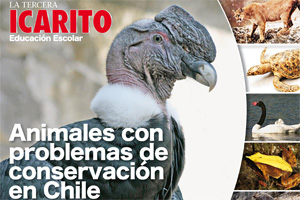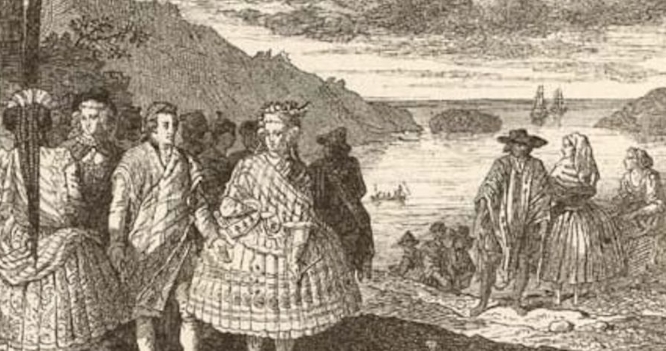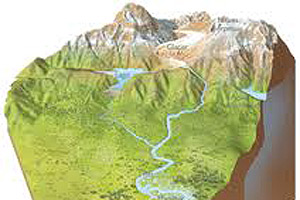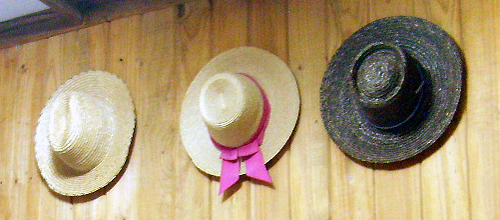Summaries
Chilean fauna and factors that influence conservation problems
– Chile does not have a large number of species compared with other regions of the world, but it does have a high degree of endemism.
– The main causes of fauna conversation problems in Chile are fragmentation and habitat reduction as a result of human activities.
– Other factors that increase threat for conservation are: the introduction of foreign or exotic species, water and ground contamination, indiscriminate hunting or capture, domestic animal diseases and natural disasters.
Threatened species
– Some Vulnerable fish are: the White-dotted Skate (Bathyraja albomaculata), the Yellownose Skate (Dipturus chilensis), and others.
– In Chile, amphibians are represented by several genera. One of these is Rhinoderma, which has only two species, both of which are threatened: the Darwin’s Frog (Rhinoderma darwinii) and the Chile Darwin’s Frog (Rhinoderma rufum).
– Reptiles of the Liolaemus genus are the most threatened, as they include one Endangered species and 7 Vulnerable species.
– Some Endangered birds are: the Peregrine Falcon (Falco peregrinus anatum), the Burrowing Parakeet (Cyanoliseus patagonus), and the Juan Fernandez Firecrown (Sephanoides fernandensis).
– In Chile there are five mammal species in the deer family, three with conservations problems: the Pudu (Pudu pudu), the Huemul (Hippocamelus bisulcus) and the North Andean Deer (Hippocamelus antisensis).
Measures for conserving species
– Chile has four tools for managing fauna conservation: the Chilean National System of Protected Areas (Spanish acronym SNASPE), the Hunting Act, international treaties and the Red Book or Red List.
– The Hunting Act was implemented in 1929, but in 1996 it was substituted by law 19.473, which prohibits the hunting, capture or collection of Chile’s native vertebrate fauna.
– Some agreements that Chile has signed are: the Convenio sobre la Conservación de Especies de la Fauna Salvaje («agreement for the conservation of wild fauna species»), the Convention on Biological Diversity, and others.








 En 1960 falleció el General Carlos Ibáñez del Campo
En 1960 falleció el General Carlos Ibáñez del Campo